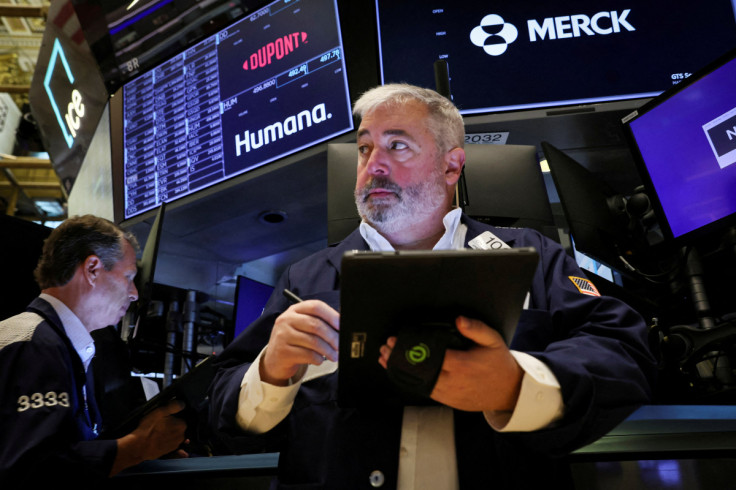Nasdaq, S&P 500 Muted Ahead Of Powell's Speech

The S&P 500 and the Nasdaq were subdued on Friday in early trading as investors were nervous about hawkish signals from Federal Reserve Chair Jerome Powell at the annual Jackson Hole symposium amid fears of slowing economic growth.
Powell's speech at 10:00 a.m. ET will be scrutinized for any indication that an economic slowdown might alter the Fed's monetary policy tightening path and if the central bank can achieve a "soft landing."
Wall Street has tumbled since the start of this year as investors priced in the expectation of aggressive interest rate hikes and a slowing economy.
However, it has rallied strongly since June, with the S&P 500 regaining half its losses for the year on the back of stronger-than-expected quarterly earnings and hopes that inflation has peaked.
Markets are now focused on any clues for the Fed's upcoming meeting in September. Fed officials on Thursday were noncommittal about the size of the interest rate increase, but reiterated they will drive rates up and keep them there until inflation has been squeezed from the economy.
Traders are expecting a slightly higher chance of a 50 basis point hike over a 75 bps raise by the Fed, while economists see the central bank lifting rates by 50 bps at its meeting next month.
"Powell is going to reiterate to keep raising rates, but he's going to be very careful to promise how far they'll go or what the future might hold," said Drew Matus, chief market strategist at MetLife Investment Management.
"The Fed is in an increasingly precarious position where they are trying to argue that the economy is strong enough to sustain these rate hikes. But, at the same point, what they're trying to do is slow the economy enough to contain inflation."
Wall Street futures pared some early losses after data showed U.S. consumer spending barely rose in July, but inflation eased considerably, which could give the Fed room to scale back its aggressive interest rate increases.
"So this does give the Fed cover to say we are data dependent and push off any excessively hawkish moves until they see it confirmed by the PPI and CPI in September," said Thomas Hayes, chairman at Great Hill Capital.
"It's now clearly evident that inflation on the core PCE peaked in March and has rolled over ever since."
At 9:35 a.m. ET, the Dow Jones Industrial Average was up 67.91 points, or 0.20%, at 33,359.69, the S&P 500 was up 1.03 points, or 0.02%, at 4,200.15, and the Nasdaq Composite was down 3.42 points, or 0.03%, at 12,635.84.
High-growth and technology stocks such as Nvidia Corp and Amazon.com Inc <AMZN.O> edged lower in early trading after posting sharp gains in the previous session.
Dell Technologies Inc fell 9.7% as it joined rivals in predicting a slowdown as runaway inflation and the darkening economic outlook prompt consumers and businesses to tighten their purse strings.
U.S.-listed shares of Chinese companies like Alibaba and JD.com rose about 1% each after the U.S. audit regulator said it has signed an agreement with Chinese regulators.
Gap Inc climbed 1.7% on reporting a surprise quarterly profit on demand for dressier clothes at its Banana Republic brand, while an inventory glut and weak sales of outdated clothes prompted it to withdraw annual forecasts.
Advancing issues outnumbered decliners by a 1.08-to-1 ratio on the NYSE. Declining issues outnumbered advancers for a 1.08-to-1 ratio on the Nasdaq.
The S&P index recorded three new 52-week highs and 29 new lows, while the Nasdaq recorded 17 new highs and 16 new lows.
© Copyright Thomson Reuters 2024. All rights reserved.




















